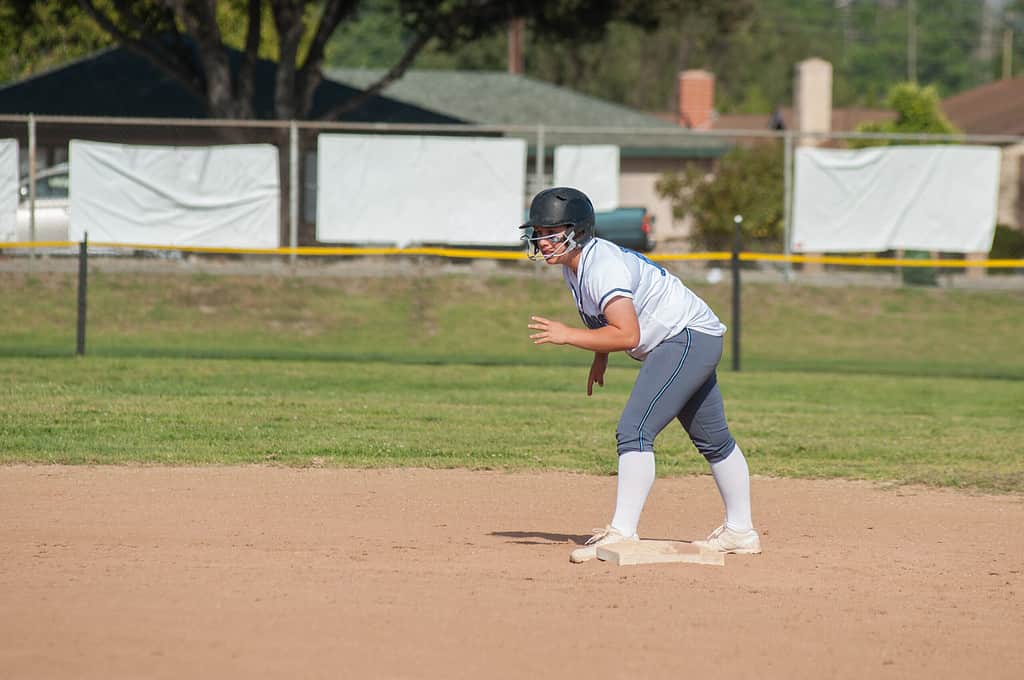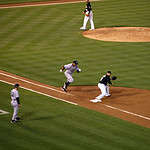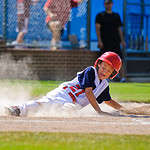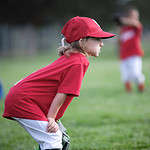BB is a common term used in baseball, but not everyone is familiar with its meaning. BB stands for “base on balls,” which is also known as a walk. A walk occurs when a pitcher throws four pitches outside of the strike zone, and the batter does not swing at any of them.
In baseball, a walk is a significant event because it allows the batter to advance to first base without hitting the ball. This can be advantageous for the batting team because it puts a runner on base without having to earn it through a hit. However, walks can also be detrimental to the pitching team because it can lead to a higher pitch count and allow the opposing team to score more runs.
Understanding the meaning of BB is essential for both players and fans of baseball. It is a fundamental statistic that is used to evaluate a pitcher’s performance and can impact the outcome of a game. By knowing what BB means, fans can better understand the game and appreciate the strategy involved in each play.

Overview of BB in Baseball
Definition of BB
BB in baseball stands for “base on balls,” which is also known as a walk. When a batter receives four balls from the pitcher, they are awarded first base. A walk is a valuable outcome for the batting team as it increases the chances of scoring runs.
BB as a Statistic
BB is an important statistic in baseball and is used to evaluate a batter’s plate discipline. A high BB rate indicates that a batter is patient at the plate and has a good eye for pitches. This skill is highly valued in baseball as it allows a batter to get on base without having to rely on hitting the ball.
BB is also used in calculating other statistics, such as on-base percentage (OBP) and walk percentage (BB%). OBP measures how often a batter gets on base, while BB% measures the percentage of plate appearances that result in a walk.
In addition to evaluating individual batters, BB is also used in assessing pitchers. A high BB rate for a pitcher indicates that they struggle with control and may be more prone to giving up runs.
Overall, BB is an important statistic in baseball that helps to evaluate a player’s plate discipline and overall value to their team.
BB in Relation to Hitting
BB and Plate Appearances
A walk, or BB, is a statistic that measures how many times a batter reaches first base after taking four pitches outside of the strike zone. A walk is one of the ways a batter can reach base without making contact with the ball. A walk is recorded as a plate appearance (PA) but not as an official at-bat (AB).
BB and On-Base Percentage
On-base percentage (OBP) is a statistic that measures a player’s ability to get on base. A walk is included in the calculation of OBP because it is considered a time when the batter has successfully reached base. Therefore, a player who walks frequently will have a higher OBP than a player who doesn’t.
BB and Batting Average
Batting average (AVG) is a statistic that measures a player’s success at getting a hit. A walk is not included in the calculation of AVG because it is not considered a hit. Therefore, a player who walks frequently will have a lower AVG than a player who doesn’t.
BB and RBIs
A run batted in (RBI) is a statistic that measures how many runs a player has driven in. A walk does not count as an RBI because the batter did not make contact with the ball. However, a walk can still contribute to a player’s ability to drive in runs if it leads to a scoring opportunity later in the inning.
In summary, a walk, or BB, is an important statistic in baseball that can impact a player’s ability to get on base, drive in runs, and ultimately help their team win.
BB in Relation to Pitching
BB and Pitcher Control
Walks, or BB, are a crucial factor in determining a pitcher’s control. A pitcher with good control can throw strikes consistently and avoid walking batters. Pitchers who walk a lot of batters are considered to have poor control, which can lead to a high pitch count and a shorter outing.
BB and ERA
A pitcher’s ERA, or earned run average, is a statistic that measures the number of earned runs a pitcher allows per nine innings pitched. Walks can have a significant impact on a pitcher’s ERA. When a pitcher walks a batter, it puts more runners on base, which increases the likelihood of runs being scored. For example, if a pitcher walks two batters and then gives up a home run, those two walks will be counted as runs allowed and will negatively impact the pitcher’s ERA.
BB and IP
In addition to affecting a pitcher’s ERA, walks can also impact the number of innings a pitcher is able to pitch. When a pitcher walks batters, it increases their pitch count and can lead to an early exit from the game. This can be especially detrimental to a team’s bullpen, as it puts more strain on the relief pitchers to pitch additional innings.

Overall, walks are a crucial statistic in measuring a pitcher’s effectiveness. While strikeouts are often viewed as the most important pitching statistic, a high number of walks can negate the positive impact of strikeouts. By limiting walks, pitchers can improve their control and increase their chances of pitching deeper into games.
| Statistic | Definition |
|---|---|
| BB | Walks |
| ERA | Earned Run Average |
| IP | Innings Pitched |
- Walks can negatively impact a pitcher’s ERA.
- Walks can increase a pitcher’s pitch count and lead to an early exit from the game.
- Limiting walks can improve a pitcher’s control and increase their chances of pitching deeper into games.
- UCLA Softball: Let’s Go Bruins! - February 12, 2024
- Youth Softball Helmet Buying Guide: Keep ‘Em Safe - February 12, 2024
- Youth Softball Pants: Our Top Picks for Your Top Player - February 12, 2024








